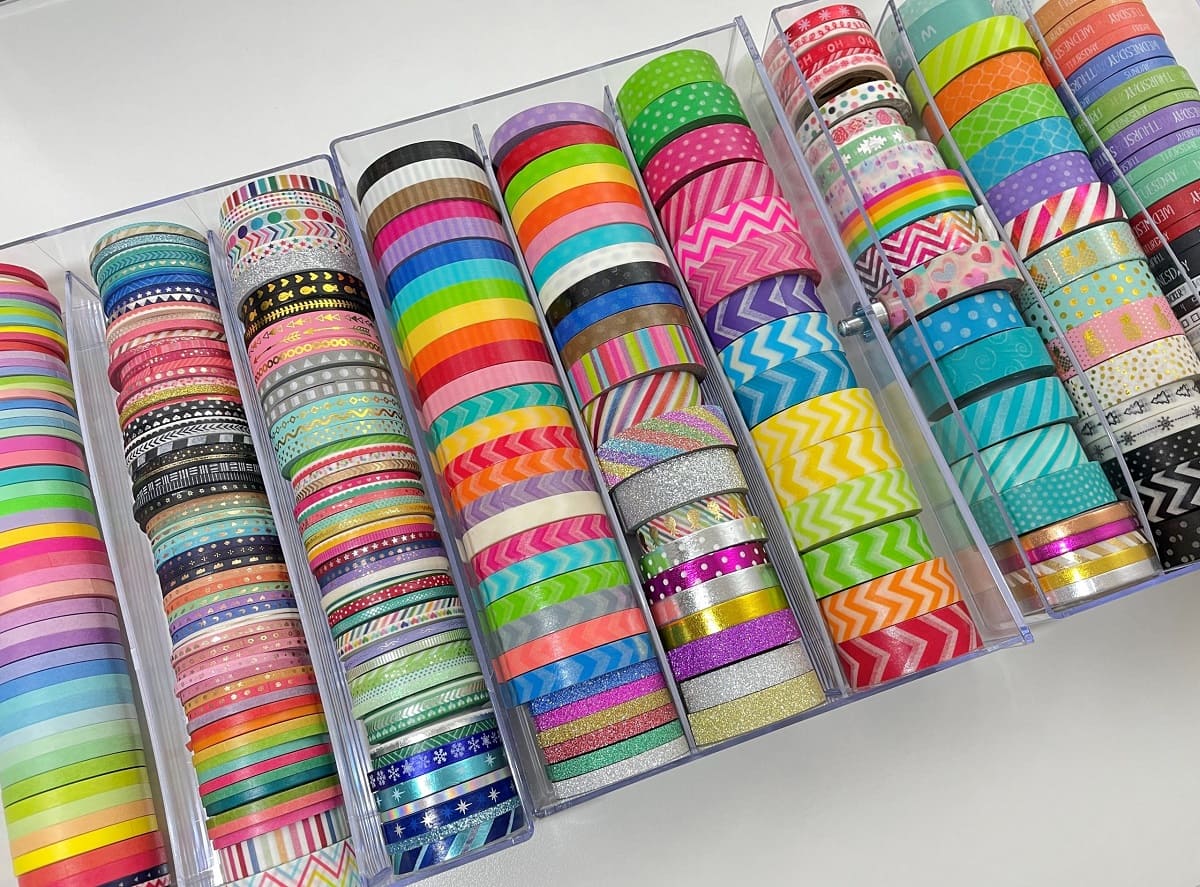

Articles
How To Store Tape
Modified: January 6, 2024
Learn the best methods for storing tape articles to maintain their quality and longevity. Discover essential tips for proper tape storage to prevent damage and ensure easy access.
(Many of the links in this article redirect to a specific reviewed product. Your purchase of these products through affiliate links helps to generate commission for Storables.com, at no extra cost. Learn more)
Introduction
When it comes to storing tapes, whether they are cassette tapes, VHS tapes, or even reel-to-reel tapes, proper storage is essential. By taking the necessary steps to store your tapes correctly, you can prolong their lifespan and maintain the quality of the content they hold. In this article, we will discuss the best practices for tape storage, including temperature and humidity considerations, avoiding direct sunlight, choosing the right storage containers, organizing and labeling tapes, and proper handling and care tips.
Key Takeaways:
- Proper tape storage involves maintaining ideal temperature and humidity, avoiding direct sunlight, and using sturdy, acid-free containers to protect tapes from deterioration and damage.
- Organizing and labeling tapes systematically, handling them with care, and considering long-term storage precautions are essential for preserving tape quality and content integrity.
Read more: How To Store Cassette Tapes
Proper Tape Storage
Proper storage is crucial to ensure the longevity and quality of your tapes. Here are some key factors to consider when storing your tapes:
- Temperature and Humidity Considerations: Tapes are sensitive to extreme temperatures and high humidity. It is recommended to store tapes in a cool and dry environment. The ideal temperature range for tape storage is between 60°F (15°C) and 70°F (21°C), with a relative humidity level of around 40-50%. Avoid areas with high humidity, as it can cause mold growth and deterioration of the tape.
- Avoiding Direct Sunlight: Exposure to direct sunlight can cause the tape to warp, fade, and deteriorate. It is advisable to store tapes in a dark or dimly lit area to protect them from harmful UV radiation. If possible, store tapes in a location away from windows or use blackout curtains to prevent sunlight from reaching the tapes.
- Choosing the Right Storage Containers: Tapes should be stored in sturdy, acid-free containers to protect them from dust, moisture, and other potential hazards. Plastic containers with snap-lock lids are a popular choice for tape storage as they provide a secure and airtight environment. Avoid storing tapes in cardboard or paper sleeves, as they can deteriorate over time and potentially damage the tapes.
Proper organization and labeling are also important aspects of tape storage. This ensures easy access to specific tapes and minimizes the risk of mishandling or misplacing them. Let’s explore these aspects in more detail.
Temperature and Humidity Considerations
Maintaining the right temperature and humidity levels is crucial for preserving the quality of your tapes. Here’s what you need to know about temperature and humidity considerations for tape storage:
- Temperature: Tapes are sensitive to extreme temperatures. High temperatures can cause the binder to soften and stick to the adjacent layers, leading to information loss or tape deformation. On the other hand, extremely low temperatures can make the tape brittle and susceptible to breakage. Aim to store your tapes in an environment with a temperature range of 60°F (15°C) to 70°F (21°C).
- Humidity: Excessive humidity can lead to mold growth and moisture damage, while low humidity levels can cause the tape to become brittle and prone to breakage. The ideal relative humidity for tape storage is between 40% and 50%. Use a hygrometer to monitor the humidity levels in the storage area. If the humidity is too high, consider using a dehumidifier to maintain optimal conditions.
- Avoid Fluctuations: Rapid changes in temperature and humidity can be harmful to tapes. It is best to avoid storing tapes in areas that experience frequent temperature or humidity fluctuations, such as attics or basements. These areas are more susceptible to environmental changes, which can negatively impact the tapes.
To minimize the risk of temperature and humidity-related damage, consider storing your tapes in a dedicated storage room or cabinet that is climate-controlled. This will provide a stable environment for your tapes and ensure their long-term preservation.
Avoiding Direct Sunlight
Direct sunlight can be detrimental to the condition of your tapes. The ultraviolet (UV) radiation from sunlight can cause significant damage, such as warping, fading, and deterioration of the tape. Here are some tips to avoid the harmful effects of sunlight on your tapes:
- Dark storage area: Store your tapes in a dark or dimly lit area to minimize exposure to sunlight. If possible, choose a storage location away from windows or areas with direct sunlight.
- Use curtains or blinds: If your storage area has windows, consider using curtains or blinds to block out sunlight. This will help shield your tapes from harmful UV rays.
- UV-blocking film: Apply UV-blocking film on windows or glass surfaces near the storage area. This film reduces the amount of UV radiation that enters the space and protects your tapes from sun damage.
Additionally, it is important to note that while sunlight is a primary concern, other sources of light, such as fluorescent or incandescent lights, can also emit UV radiation. Therefore, it is advisable to avoid storing tapes in areas with excessive artificial light exposure as well.
By taking precautionary measures and ensuring that your tapes are stored in a dark, UV-protected environment, you can significantly prolong their lifespan and preserve the quality of the content they hold.
Choosing the Right Storage Containers
Selecting the appropriate storage containers for your tapes is crucial to protect them from dust, moisture, and other potential hazards. Here are some considerations when choosing the right storage containers:
- Sturdy and Acid-free: Opt for storage containers that are made of sturdy materials, such as plastic or metal. These containers provide better protection against physical damage and ensure longevity. Avoid using containers made of cardboard or paper, as they can deteriorate over time and potentially harm your tapes. Additionally, make sure the containers are acid-free to prevent any chemical reactions that could harm the tapes.
- Snug Fit: The storage containers should have a snug fit to prevent the tapes from shifting or moving around inside. This helps minimize the risk of damage during transport or handling.
- Airtight Seal: Look for containers with secure, airtight seals. This will prevent dust, insects, and moisture from entering the containers and damaging the tapes. Airtight containers also help maintain a stable environment inside, protecting the tapes from fluctuations in humidity.
- Separate Compartments: If you are storing multiple tapes in one container, ensure that there are separate compartments or dividers to prevent the tapes from rubbing against each other. This minimizes the risk of scratches and damage to the tape surfaces.
- Clear or Label-friendly: Consider containers that are either clear or have a label-friendly surface. Clear containers allow you to easily identify and locate specific tapes without the need to open them. Alternatively, if the containers have a surface suitable for labeling, you can label them with relevant information, such as the tape’s title, date, or contents.
By carefully selecting the right storage containers, you can provide a secure and protective environment for your tapes, ensuring their longevity and preserving the integrity of the content they hold.
Store tape in a cool, dry place away from direct sunlight to prevent it from drying out or becoming brittle. Keep it in its original case or a plastic container to protect it from dust and moisture.
Read more: How To Store Rolls Of Tape
Organizing and Labeling Tapes
Proper organization and labeling of your tapes are essential for easy access, efficient retrieval, and minimizing the risk of mishandling or misplacing them. Here are some tips for organizing and labeling your tapes:
- Sort by Format or Genre: Group your tapes by format (e.g., cassette tapes, VHS tapes, reel-to-reel tapes) or genre (e.g., music, movies, documentaries). This helps in quickly identifying the type of tape you’re looking for.
- Numerical or Alphabetical Order: Consider organizing your tapes in numerical or alphabetical order. Assign a unique number or letter to each tape and arrange them accordingly. This system makes it easy to locate specific tapes without unnecessary searching.
- Use Storage Cases with Index Cards: If you have a large collection of tapes, invest in storage cases that come with index cards. You can write pertinent details about the tape, such as its title, date, and contents, on the index card. This provides a quick reference and helps you find the tape you need.
- Color-Coded Labels or Stickers: Assign different colors to different categories or genres of tapes. Use colored labels or stickers on the storage containers to visually categorize your collection. This makes identification and retrieval faster and more intuitive.
- Digitize and Create a Digital Database: Consider digitizing your tapes and creating a digital database or catalog of your collection. This allows for easy search and access, especially if you have a vast collection. You can also include additional information, such as tracklists or summaries, in your digital catalog for better reference.
By organizing and labeling your tapes, you not only streamline the process of locating specific tapes but also minimize the risk of mishandling or misplacing your cherished collection. It ensures that your tapes are stored and retrieved in a systematic and efficient manner.
Handling and Care Tips
Proper handling and care are crucial for maintaining the condition and longevity of your tapes. Here are some important tips to keep in mind:
- Handle with Clean Hands: Always ensure that your hands are clean and free from oils, dirt, or residue before handling tapes. Oils and dirt can transfer onto the tape surface and degrade the quality of audio or video playback.
- Avoid Touching the Tape Surface: Refrain from touching the tape itself, especially the magnetic surface. Fingerprints or smudges can interfere with the tape’s performance and lead to a loss of audio or video quality.
- Hold Tapes by the Edges: When handling tapes, hold them by the edges or the plastic casing to minimize contact with the tape surface. This helps prevent accidental damage or contamination.
- Handle Tapes Gently: Tapes are fragile and can be easily damaged. Avoid dropping or mishandling them. Place them down gently and avoid bending or twisting the tapes.
- Rewind Tapes Before Storage: Before storing tapes, rewind them to their original position. This ensures that the tape is properly aligned and avoids unnecessary stress on the tape during playback.
- Store Tapes Upright: Store your tapes in an upright position to minimize warping or distortion. Avoid stacking them horizontally, as it can lead to pressure and damage the tape inside.
- Avoid Exposure to Magnetic Fields: Keep your tapes away from strong magnetic fields, such as speakers or large electronic devices. Magnetic fields can disrupt the tape’s magnetic coating and affect playback quality.
- Regularly Clean Playback Equipment: If you are regularly playing your tapes, ensure that your playback equipment, such as cassette decks or VCRs, are clean and properly maintained. This reduces the risk of abrasive particles or dirt transferring onto the tape.
By following these handling and care tips, you can ensure the longevity of your tapes and enjoy optimal audio and video playback quality for years to come.
Long-Term Tape Storage
If you plan to store your tapes for an extended period, it is crucial to take additional precautions to preserve their quality. Here are some tips for long-term tape storage:
- Climate-Controlled Environment: Consider storing your tapes in a climate-controlled environment, such as a temperature-controlled room or a storage facility. These controlled environments help maintain stable temperature and humidity levels, reducing the risk of deterioration or damage to the tapes.
- Regular Inspections: Periodically inspect your tapes for any signs of degradation or damage. Look for signs of mold, discoloration, sticky residues, or physical damage. If you notice any issues, take immediate action to address them.
- Store Tapes Upright and Vertically: When storing tapes for long periods, it is advisable to store them upright and vertically. This helps minimize the risk of warping or distortion over time.
- Rotate Tapes: If you have a large collection of tapes, consider rotating them periodically. This means selecting a different set of tapes to use and allowing the unused tapes to rest. Continuous use of a specific set of tapes can lead to wear and tear. Rotating them ensures that all tapes get fair usage and prolongs their overall lifespan.
- Back Up Tapes: Consider making backup copies of your valuable tapes. This provides an extra layer of protection against potential loss or damage. Store the backups in a separate location to further safeguard against unforeseen incidents.
- Digital Conversion: If your tapes hold irreplaceable and valuable content, consider digitizing them. Converting your tapes to a digital format not only ensures their long-term preservation but also allows for easier accessibility and sharing.
By implementing these measures, you can protect your tapes during long-term storage and ensure that they remain in the best possible condition for future use.
Tape Maintenance and Inspection
Regular maintenance and inspection of your tapes are essential to ensure their optimal performance and longevity. Here are some tips for tape maintenance and inspection:
- Clean Tapes: Periodically clean the tape surfaces to remove dust, debris, or any other contaminants. Use a clean, lint-free cloth or a soft brush to gently wipe the tape surface. Avoid applying excessive pressure or using solvents or cleaning solutions that may damage the tape.
- Inspect Tape Shells and Housings: Check the condition of the tape shells or housings regularly. Look for any cracks, broken hinges, or loose parts. Damaged shells can lead to improper tape alignment or exposure to external elements, jeopardizing the tape’s integrity.
- Inspect Tape Leaders and Splices: Pay attention to the tape leaders and splices, especially in cassette tapes. Make sure they are intact and properly aligned. Damaged or misaligned leaders can result in playback issues or tape jams.
- Avoid Sticky Shed Syndrome: Some older magnetic tapes, such as certain types of audio cassette tapes, can develop a condition known as “sticky shed syndrome.” This causes the tape to become sticky or gummy, resulting in poor playback quality. If you notice symptoms like squealing or sticking during playback, it may indicate this syndrome. Consult a professional or transfer the content to a digital format promptly.
- Tape Rewinding: Rewind tapes periodically, even if they are not in use. This helps maintain the proper tension and alignment of the tape, preventing slack or stretching that can lead to playback issues.
- Store Tapes Properly: Ensure that your tapes are stored following the guidelines mentioned earlier in this article, including temperature and humidity considerations, avoiding sunlight, and using suitable storage containers.
By incorporating regular tape maintenance and inspection into your routine, you can identify and resolve potential issues early on, ensuring optimal playback quality and extended lifespan for your tapes.
Read more: How To Store Tape Rolls
Conclusion
Proper storage and care of your tapes are essential to maintain their quality, longevity, and the content they hold. By following the guidelines outlined in this article, you can ensure the optimal preservation of your tapes.
Start by storing your tapes in a suitable environment with controlled temperature and humidity levels, avoiding direct sunlight and harmful UV radiation. Choose sturdy, acid-free storage containers that provide a secure and airtight environment for your tapes. Organize and label your tapes systematically to facilitate easy access and minimize the risk of mishandling or misplacing them.
When handling tapes, always use clean hands, avoid touching the tape surface, and hold them gently by the edges. Ensure that your playback equipment is clean and well-maintained for optimum performance. Regularly inspect your tapes for any signs of degradation or damage, and take appropriate measures to address them promptly.
For long-term tape storage, consider a climate-controlled environment and periodic rotation of tapes. Backing up and digitizing your tapes are additional steps you can take to safeguard valuable content and provide easier access in the digital format.
Remember, maintaining and preserving your tapes is a continuous process. By following these guidelines and implementing proper storage, handling, and care practices, you can enjoy your tapes for years to come, ensuring their quality and preserving the memories and content they hold.
Frequently Asked Questions about How To Store Tape
Was this page helpful?
At Storables.com, we guarantee accurate and reliable information. Our content, validated by Expert Board Contributors, is crafted following stringent Editorial Policies. We're committed to providing you with well-researched, expert-backed insights for all your informational needs.
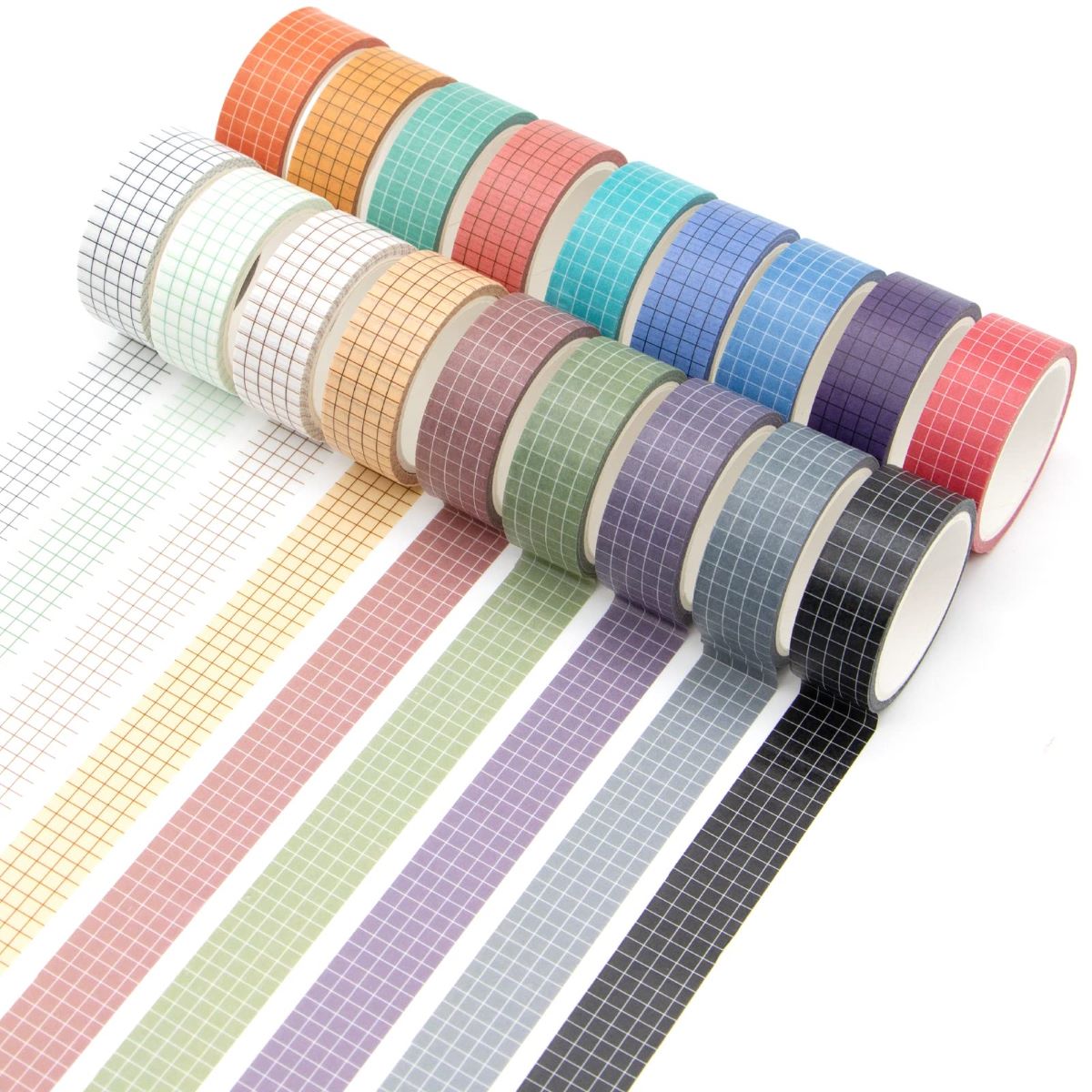

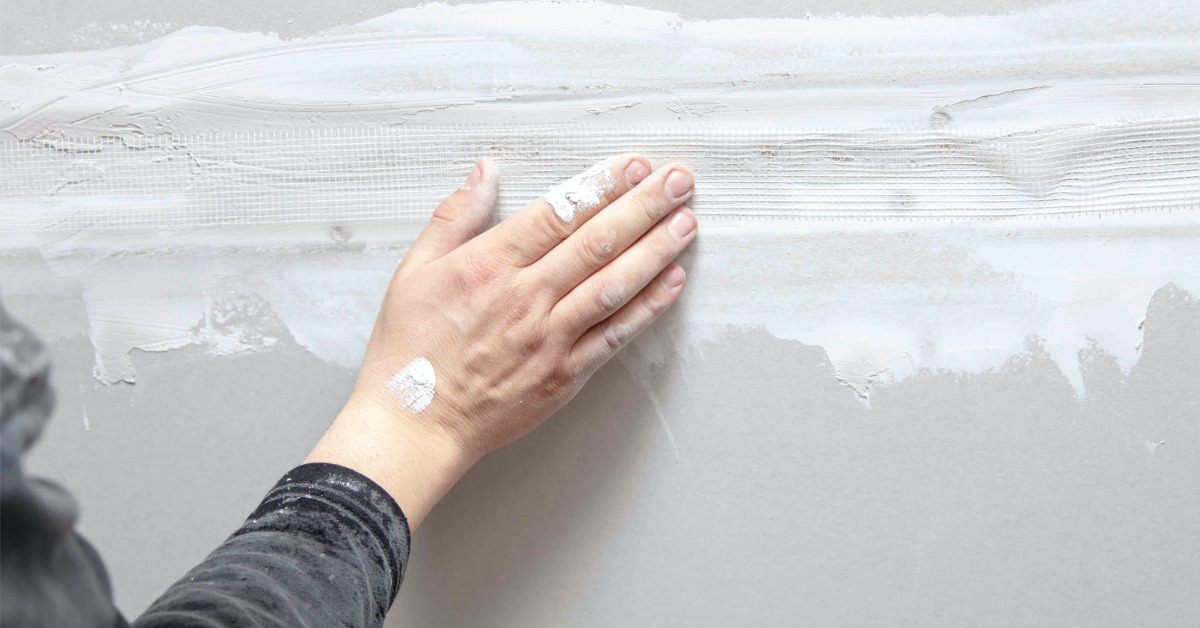
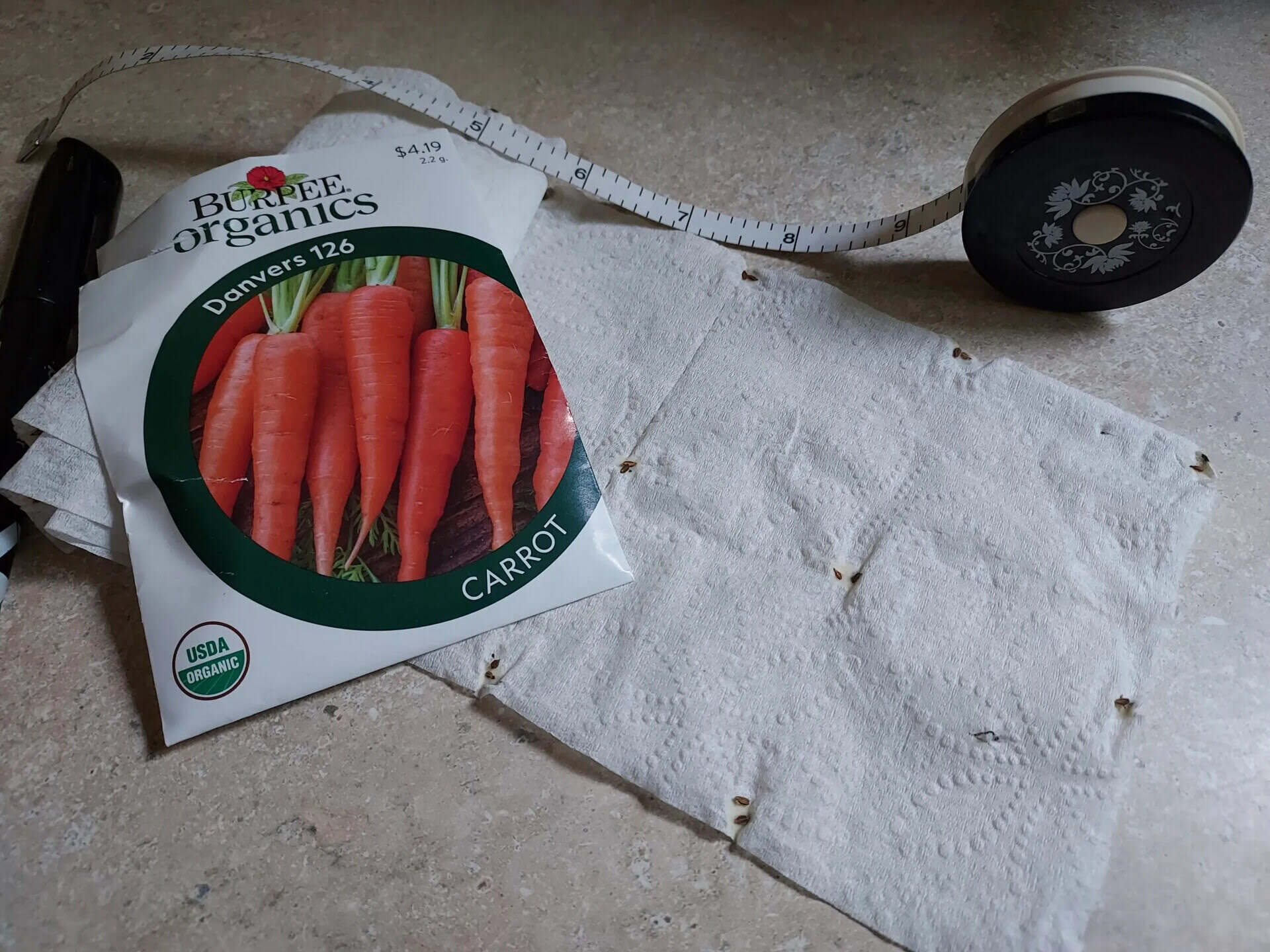
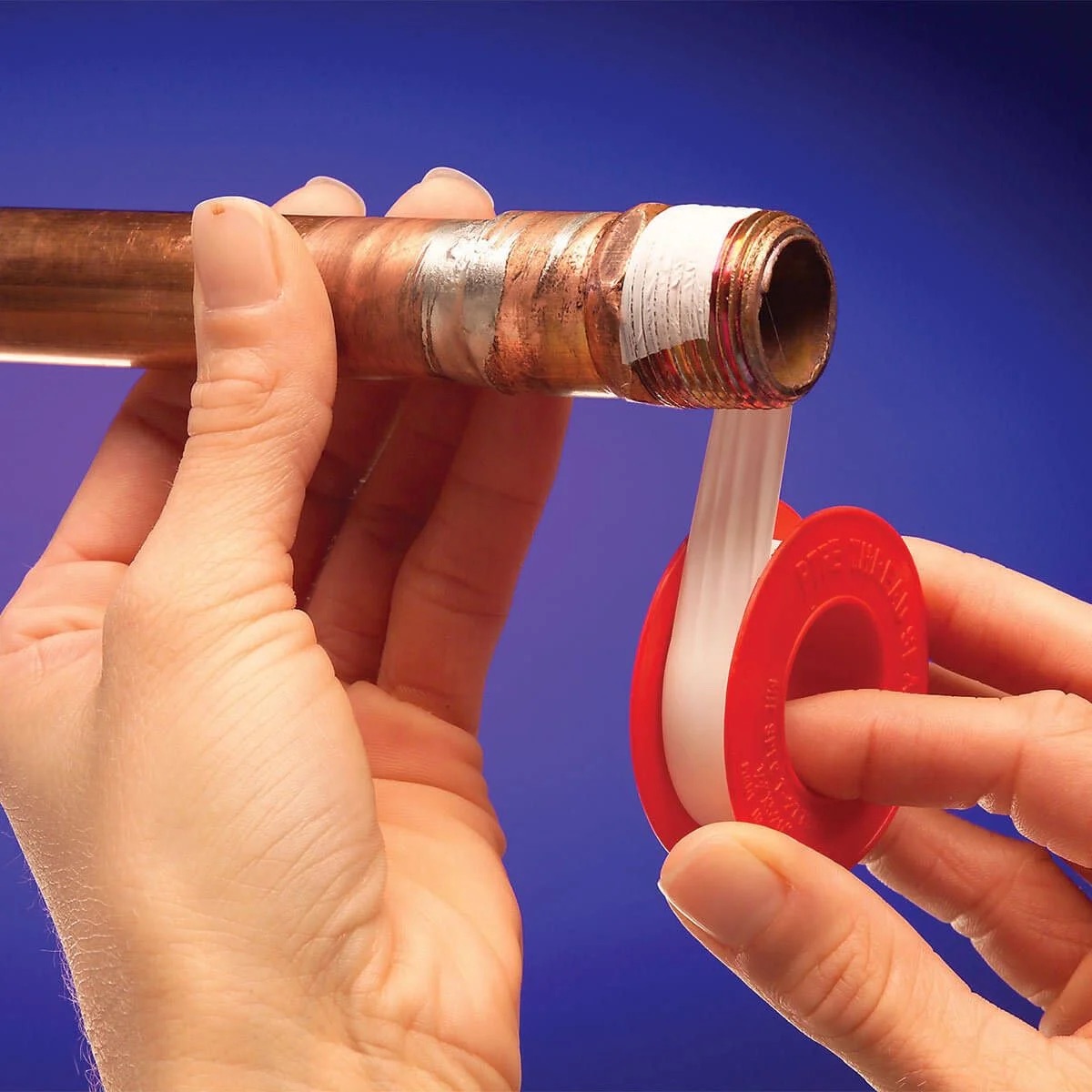
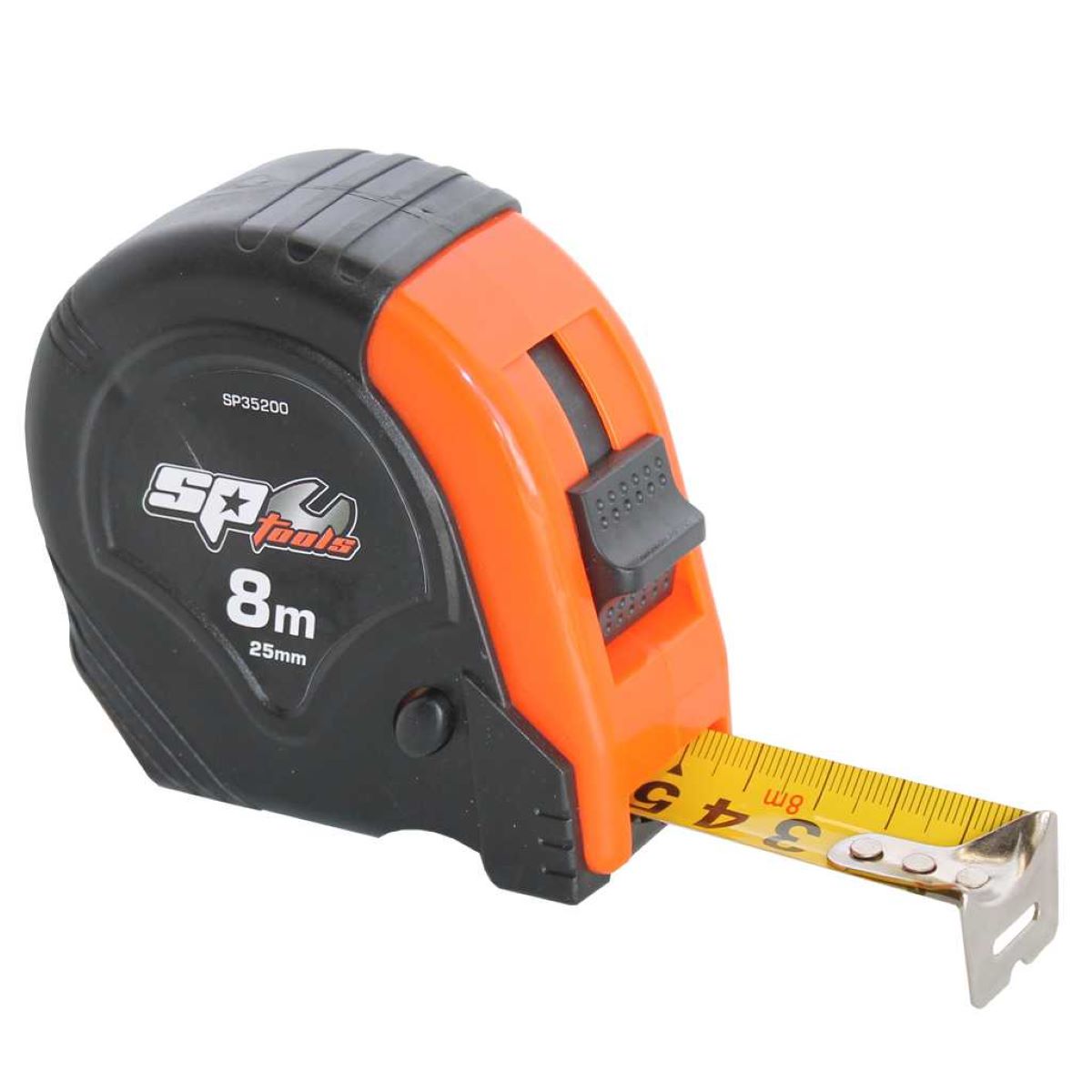
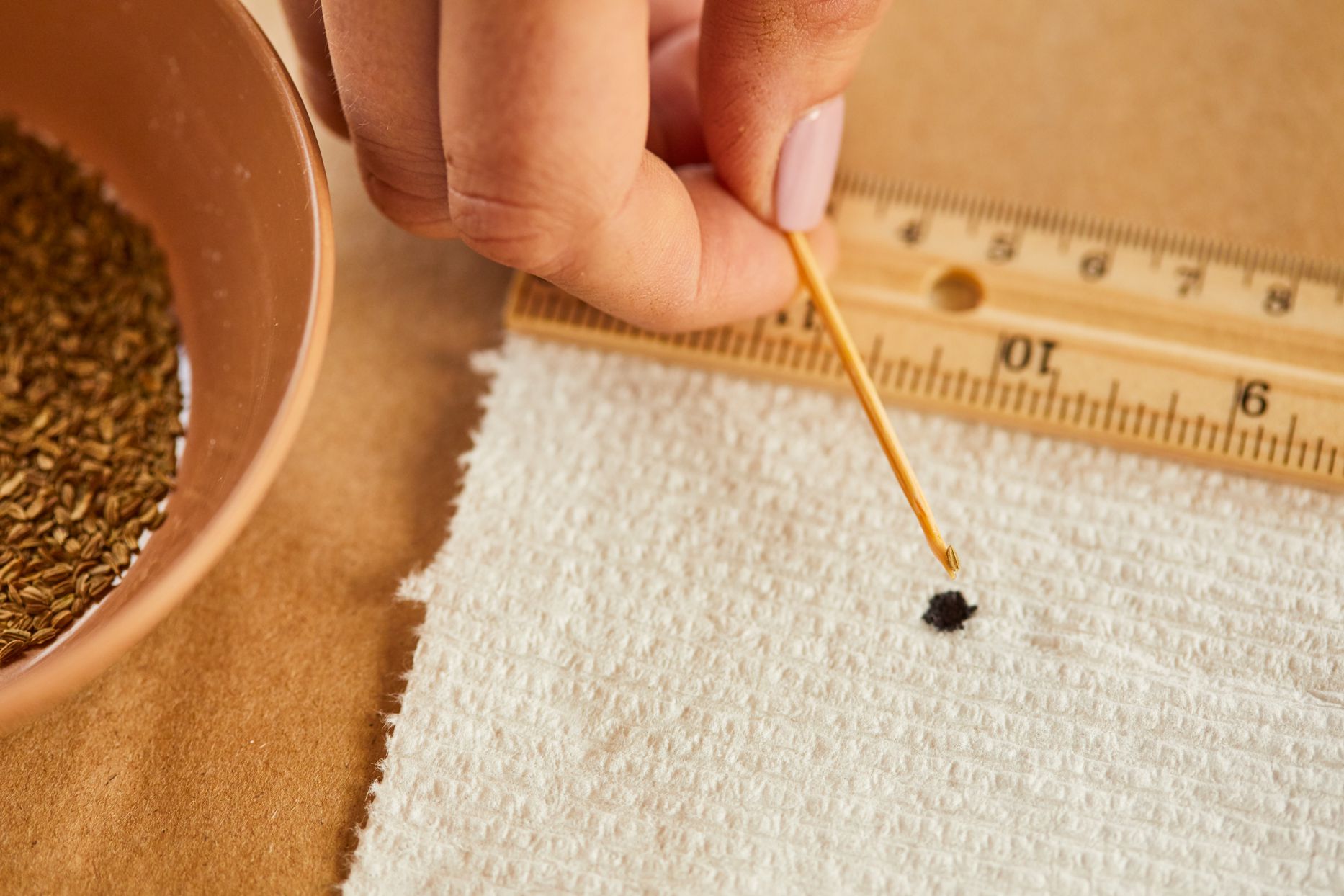
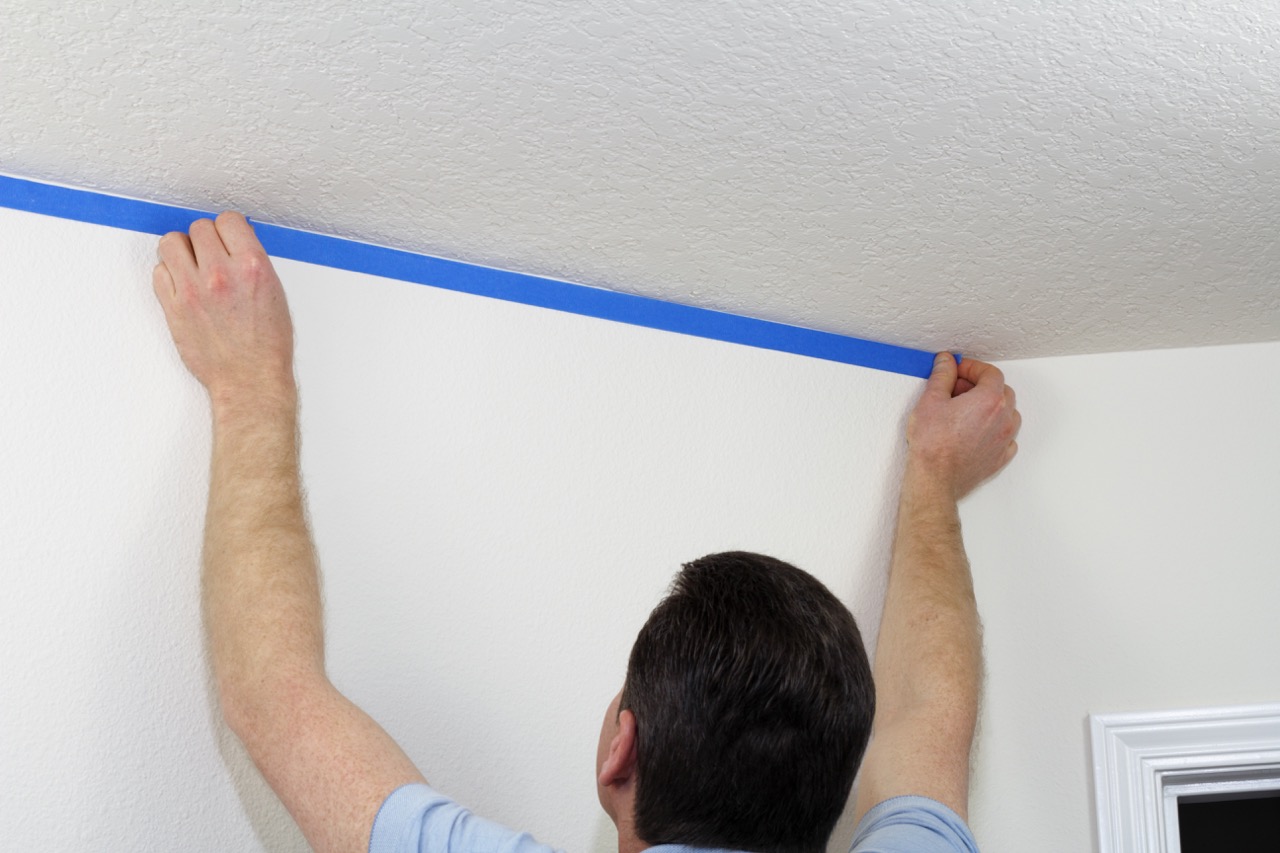
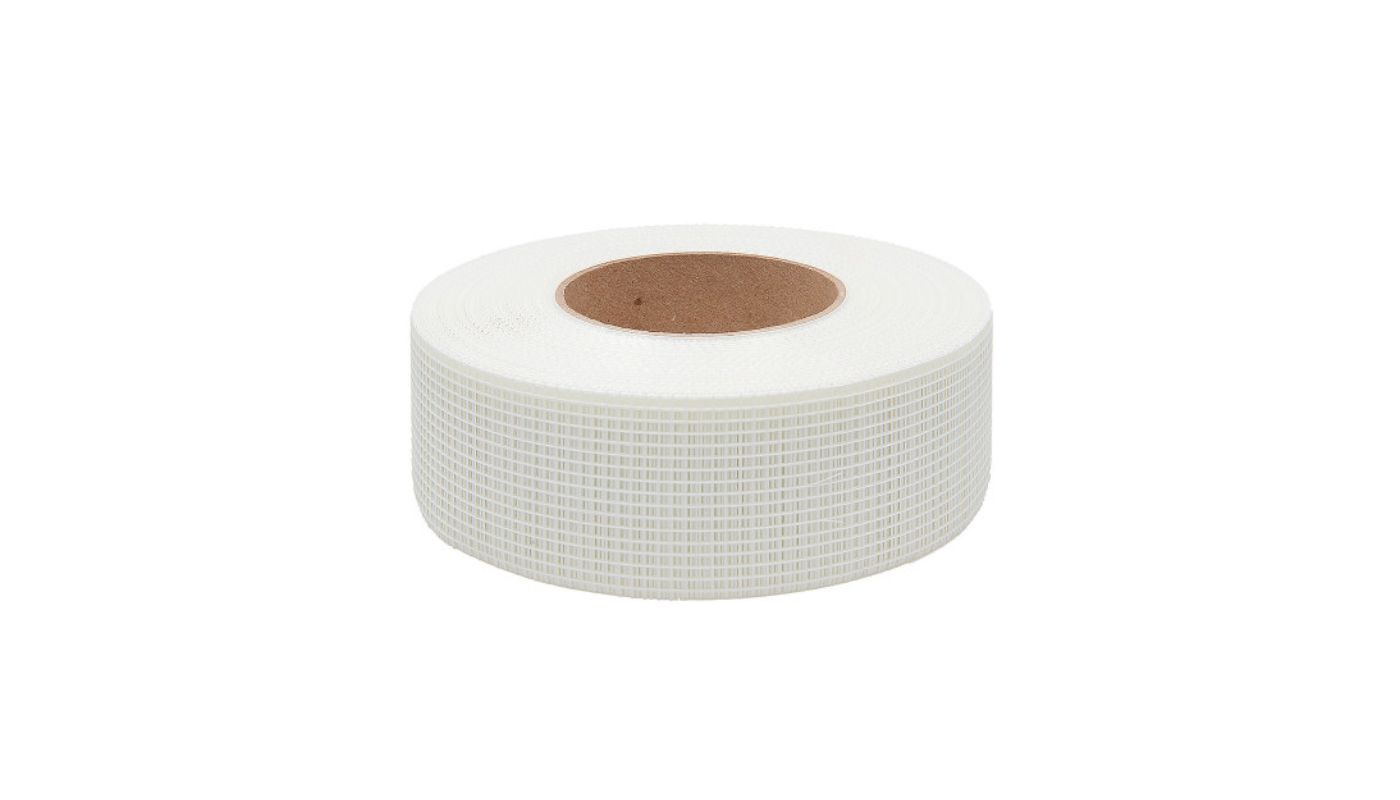
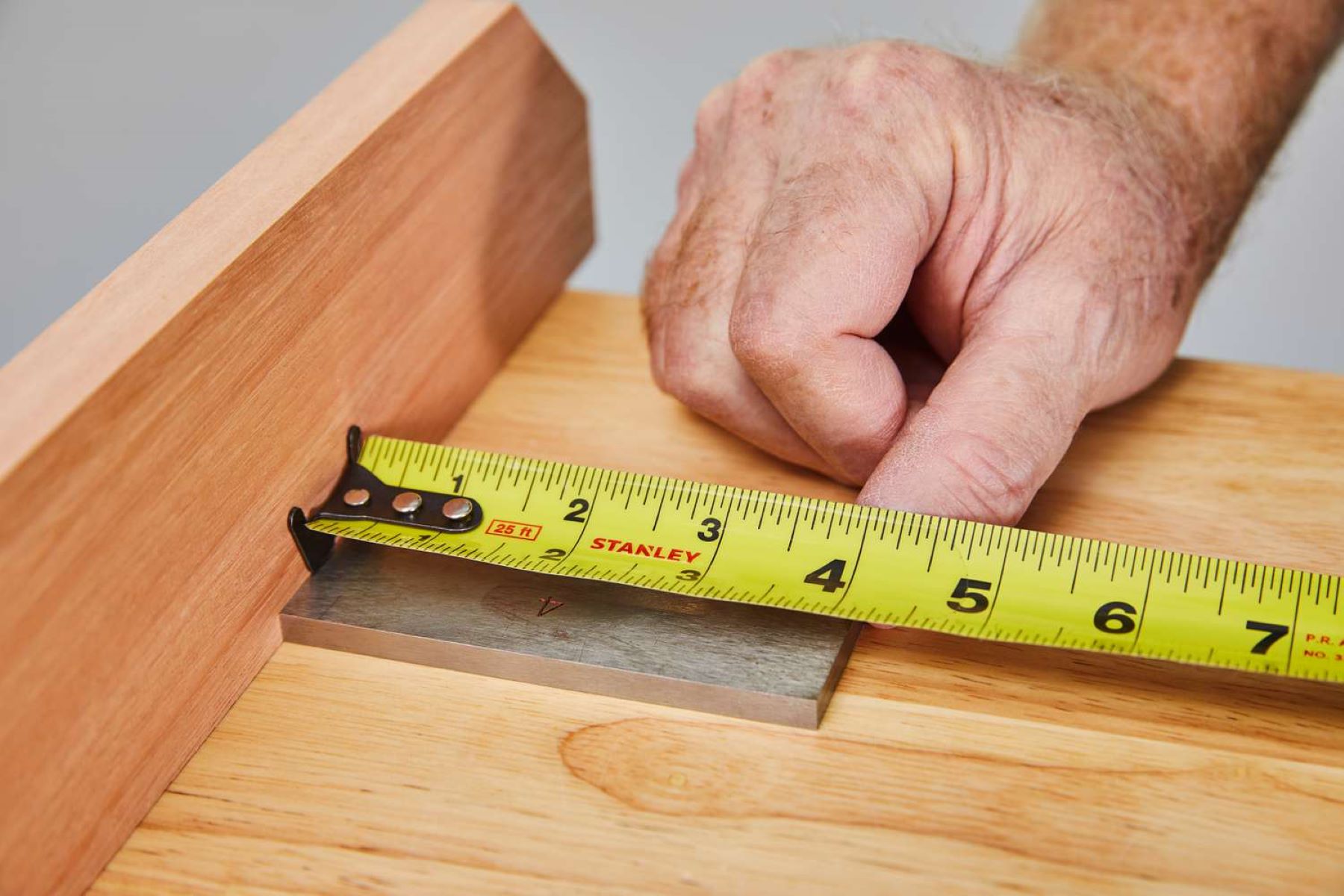
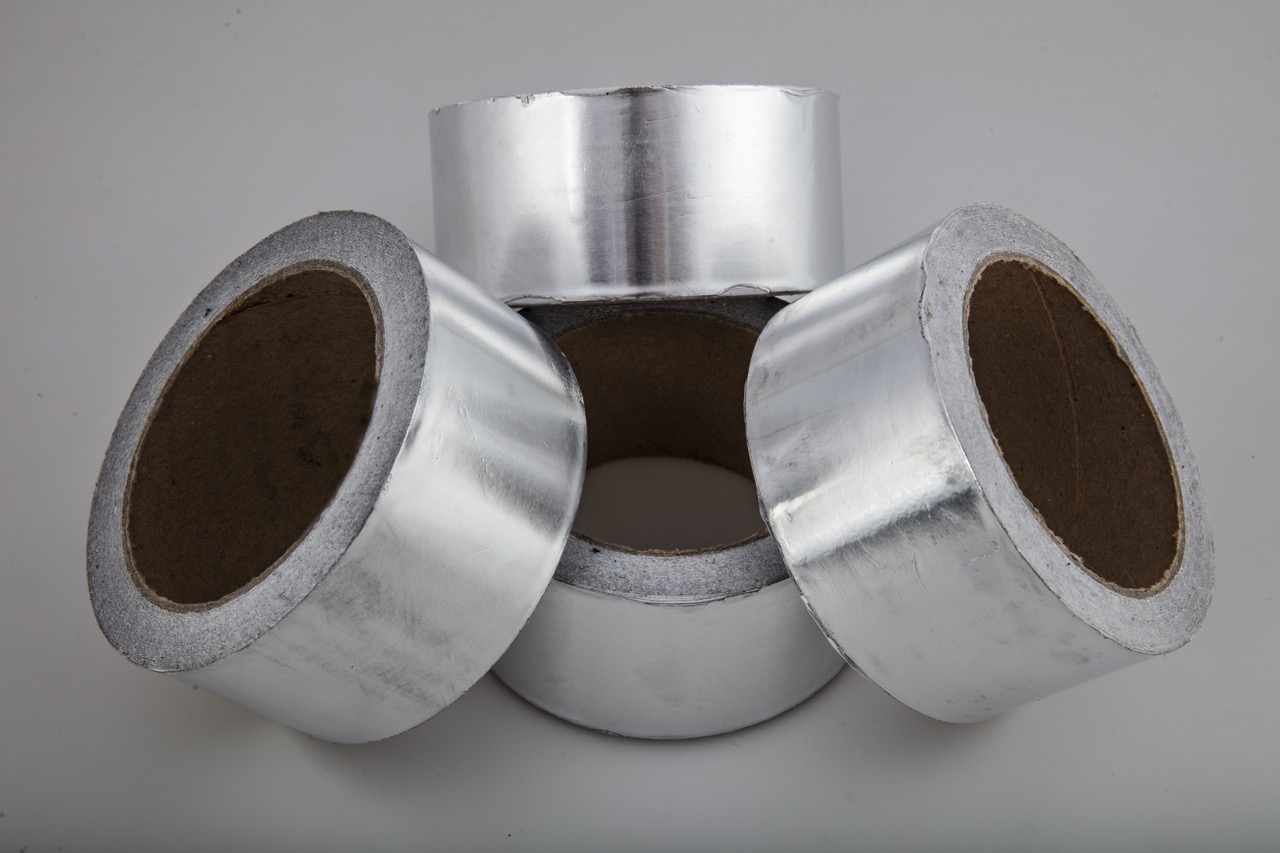
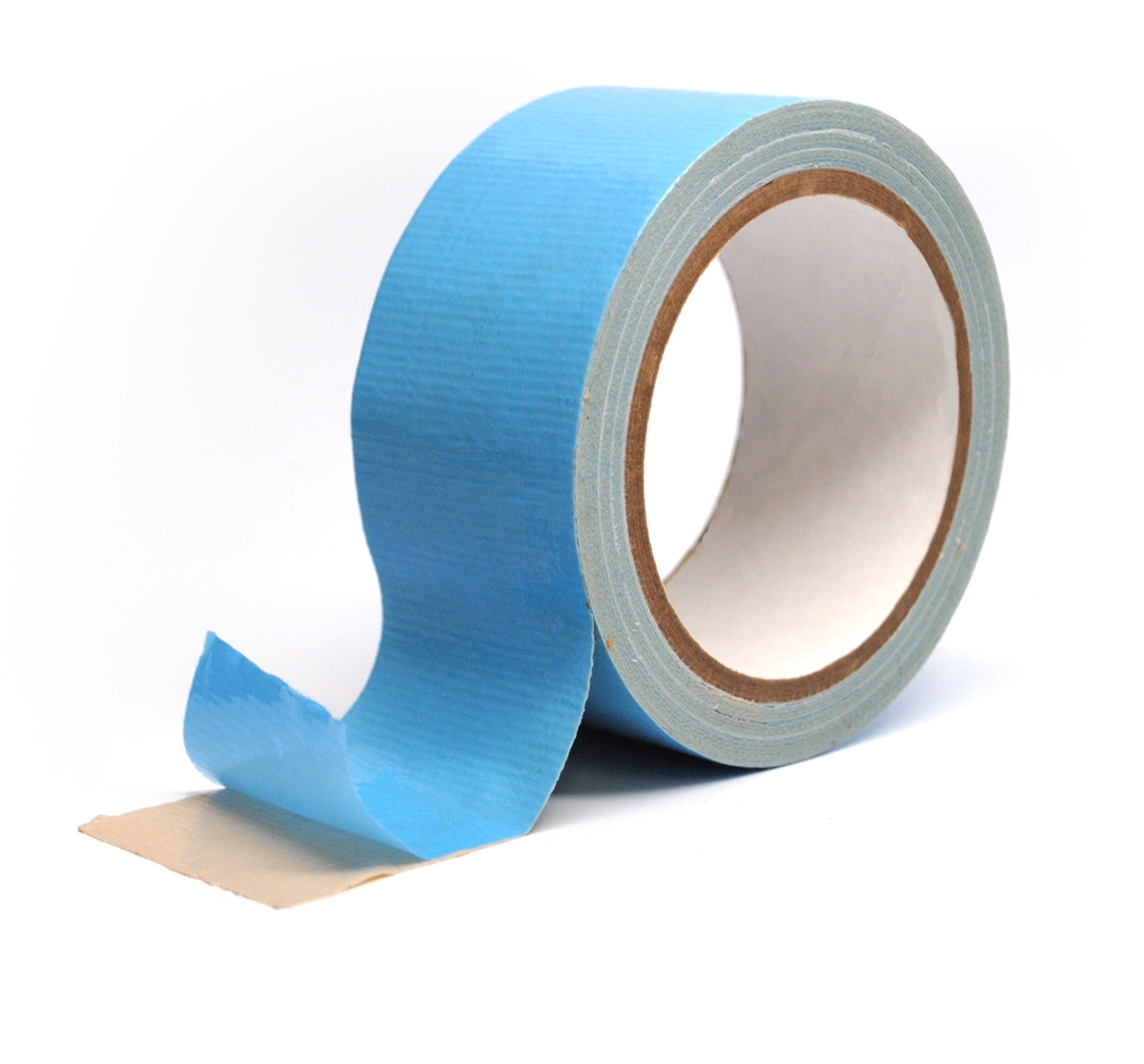
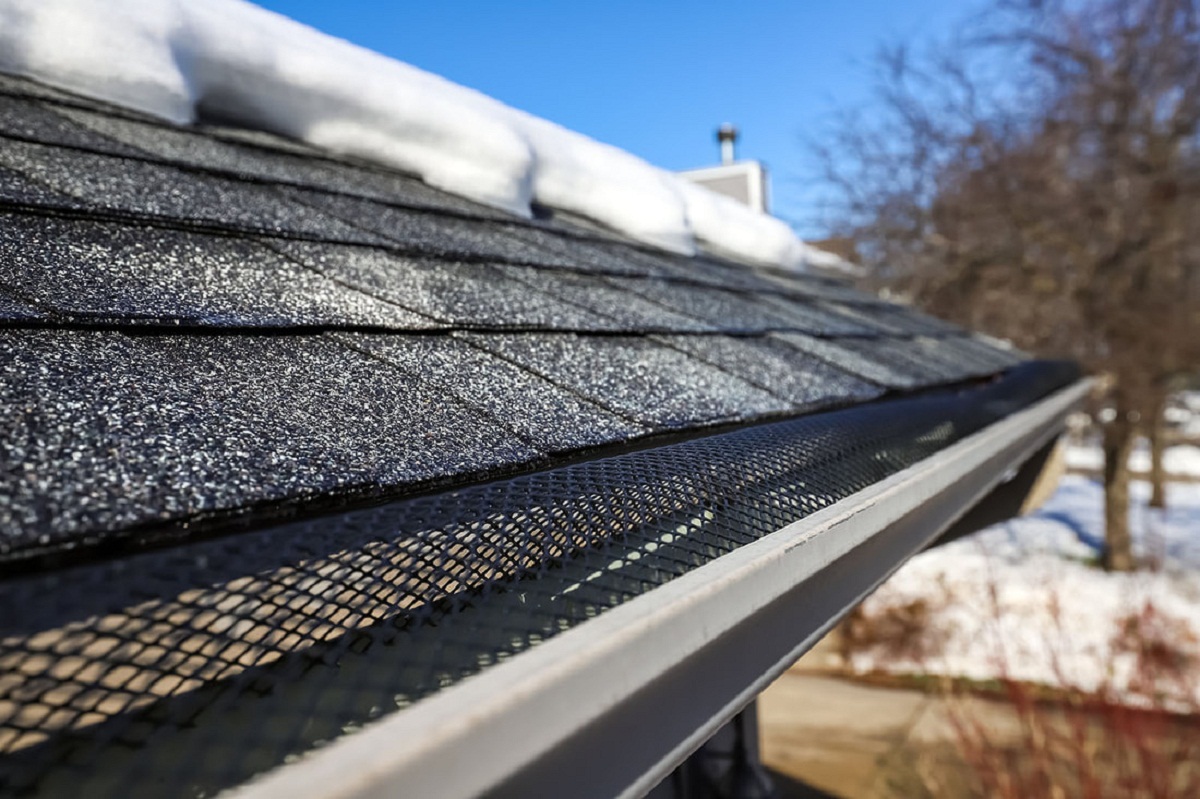

0 thoughts on “How To Store Tape”